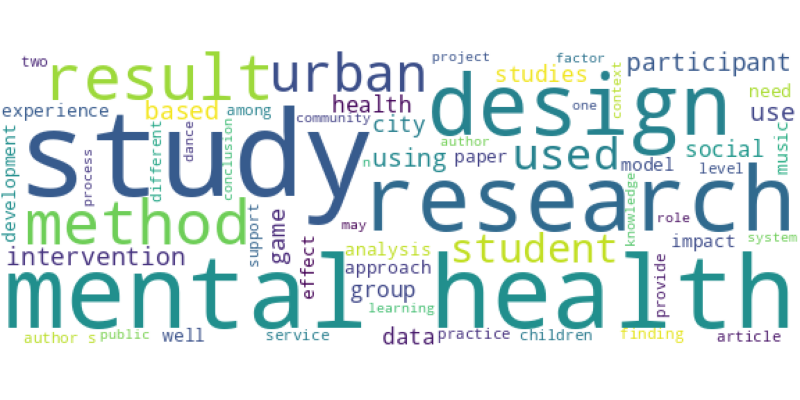| Id | 2812 | |
| Author | Collier S.J.; Gruendel A. | |
| Title | Design in government: City planning, space-making, and urban politics | |
| Reference | Collier S.J.; Gruendel A. Design in government: City planning, space-making, and urban politics,Political Geography 97 |
|
| Link to article | https://www.scopus.com/inward/record.uri?eid=2-s2.0-85130873735&doi=10.1016%2fj.polgeo.2022.102644&partnerID=40&md5=c500f0debffd32ba4aab51edec957757 |
|
| Abstract | In recent years, design has appeared in an ever-broadening range of government processes and projects, particularly in cities. What has design become, such that its methods and practices could be applied to urban planning and public administration? And what are the governmental problems that design methods and designers are being mobilized to address? This article answers these questions by tracing the tangled intersections of design, city planning, and urban administration in the last century. Through a genealogical analysis, it shows how a number of designers came to redefine design as a set of procedures for formulating and proposing solutions to “wicked problems.” This understanding of design—which developed in fields such as industrial and product design that were remote from government—has recently gained salience in public administration and city planning. In contrast to an influential geographical analysis of design as spectacular architecture that is divorced from any broad social objective, the article argues that design in government can be analyzed as the design of politics. Its concern is not with the aesthetic or functional qualities of material objects—whether a manufactured product, building, or article of clothing—but with the ongoing work of organizing argumentation and decision making about complex, large-scale problems. © 2022 The Authors |
|
| Keywords | decision making; democracy; government; public administration; urban design; urban planning; urban politics |
Wordcloud:



